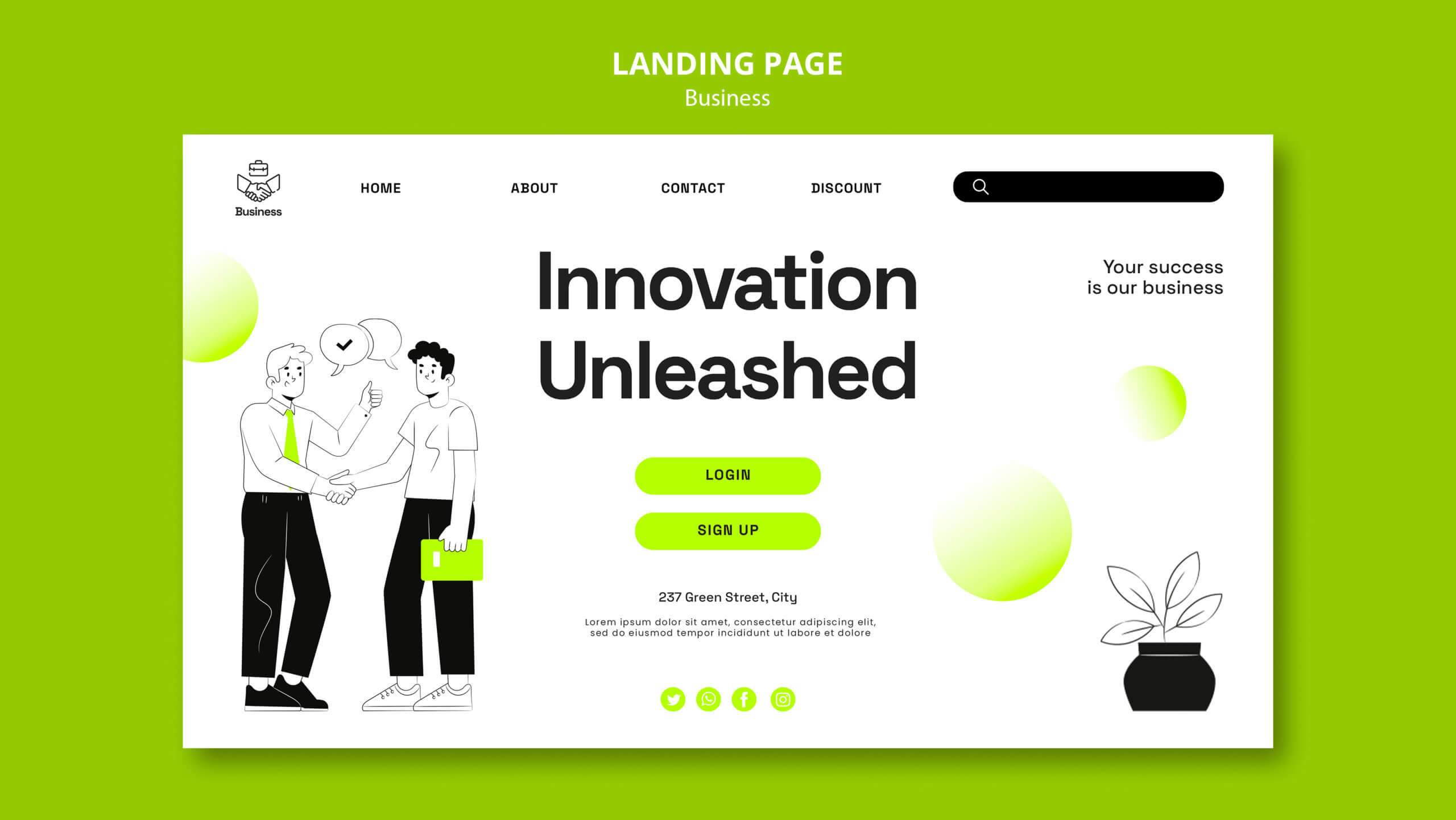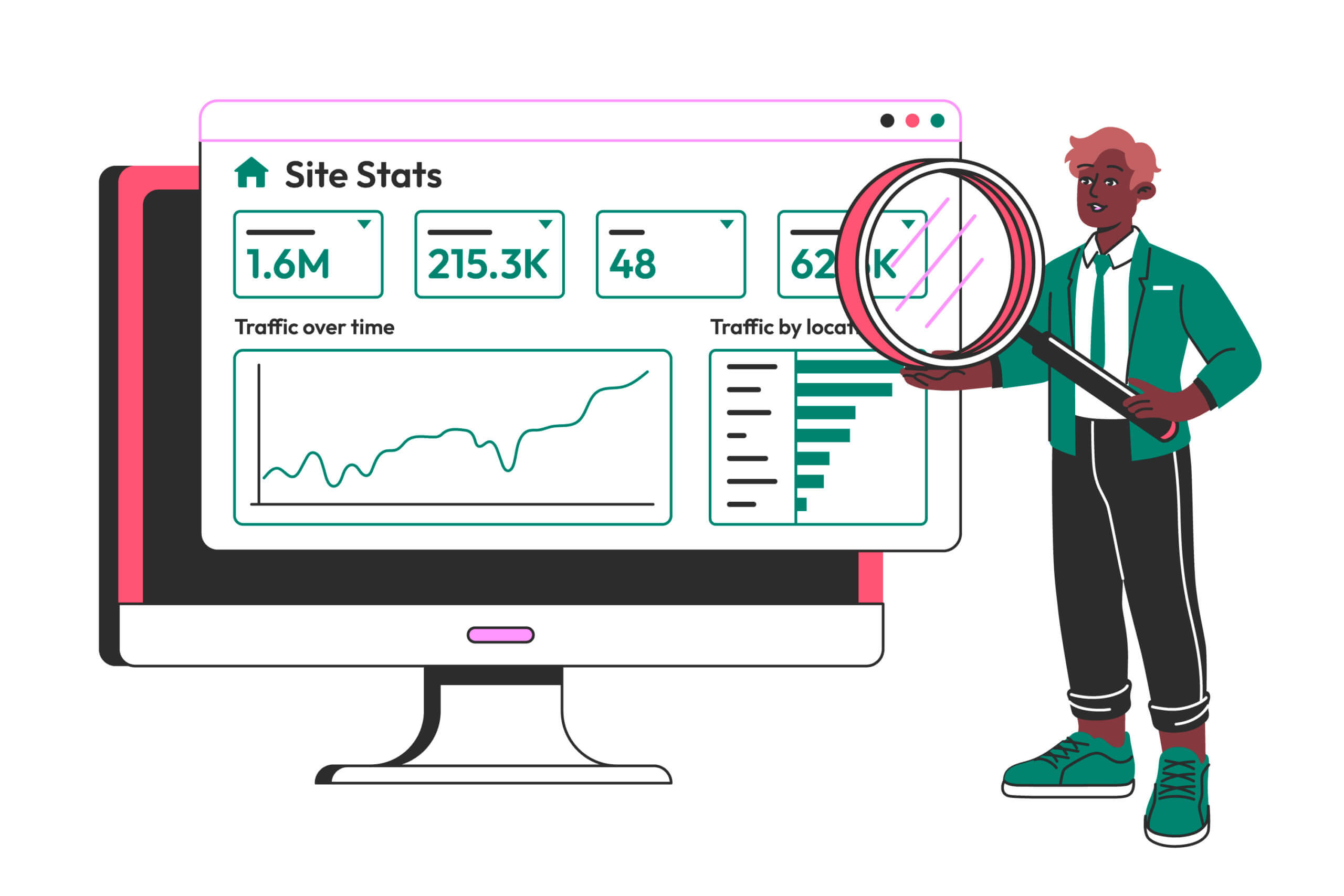
In today’s digital age, websites have become a primary means of accessing information, products, and services. However, not all websites are accessible to individuals with disabilities, creating barriers that limit their ability to fully engage with online content. Website accessibility is a crucial aspect of web design that ensures equal access and usability for all users, regardless of their abilities. This article explores the importance of website accessibility and provides insights into designing inclusive digital experiences.
Understanding Website Accessibility
Website accessibility refers to the inclusive design and development of websites that can be accessed and used by individuals with disabilities. Disabilities can vary widely and include visual, hearing, cognitive, and motor impairments. Designing accessible websites involves considering these diverse needs and implementing features, functionalities, and content that can be perceivable, operable, understandable, and robust for all users.
The Importance of Website Accessibility
- Equal Access: Website accessibility is about providing equal access to information and services for all users. It ensures that individuals with disabilities can navigate, interact with, and contribute to online platforms without encountering unnecessary barriers. By designing accessible websites, you foster inclusivity and uphold the principles of equal rights and opportunities for all.
- Legal Compliance: In many countries, including the United States with the Americans with Disabilities Act (ADA) and the Web Content Accessibility Guidelines (WCAG) 2.1, there are legal requirements for website accessibility. Failure to comply with these regulations can result in legal consequences, including lawsuits and financial penalties. Prioritizing accessibility helps mitigate legal risks and demonstrates a commitment to compliance.
- Expanded Reach and User Base: Making your website accessible opens up opportunities to reach a wider audience. By removing barriers for individuals with disabilities, you tap into an underserved market segment and potentially gain new customers, clients, or users. An inclusive digital experience fosters positive brand perception and increases user engagement and loyalty.
- Improved User Experience: Accessibility and usability go hand in hand. Designing accessible websites often leads to improved user experience for all users, not just those with disabilities. Considerations such as clear navigation, logical structure, readable fonts, and concise content benefit everyone, making the website more user-friendly and intuitive.
- SEO Benefits: Many accessibility practices align with search engine optimization (SEO) best practices. Search engines value accessible websites because they provide a better user experience. By implementing accessibility features, such as descriptive alternative text for images or proper heading structure, you enhance your website’s visibility in search engine results, potentially driving more organic traffic.
Key Considerations for Website Accessibility
When designing and developing accessible websites, consider the following key considerations:
1. Perceivability
Ensure that all website content is perceivable by individuals with various disabilities. Use alternative text for images, provide captions and transcripts for multimedia content, and offer resizable text and adjustable color contrast.
2. Operability
Make your website easy to operate and navigate. Use clear and consistent navigation menus, provide keyboard accessibility, and avoid relying solely on mouse interactions. Ensure that interactive elements are large enough and have sufficient color contrast.
3. Understandability
Create content that is easy to understand for all users. Use plain language, organize information in a clear and logical manner, and provide instructions or prompts when needed. Avoid complex jargon or ambiguous wording.
4. Robustness
Ensure that your website is robust and compatible with a range of assistive technologies. Follow web standards and guidelines, use semantic HTML, and test your website on different devices and browsers to ensure compatibility.
Conclusion
Website accessibility is a fundamental aspect of inclusive design and plays a crucial role in providing equal access and opportunities for all users, regardless of their disabilities. By prioritizing accessibility in web design and development, you create digital experiences that are inclusive, user-friendly, and compliant with legal requirements. Embracing website accessibility not only expands your reach and user base but also fosters a more inclusive and equitable online environment.

















